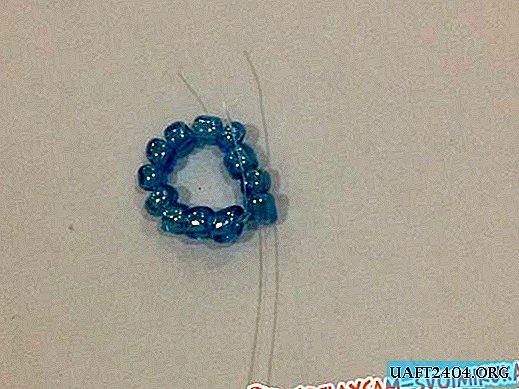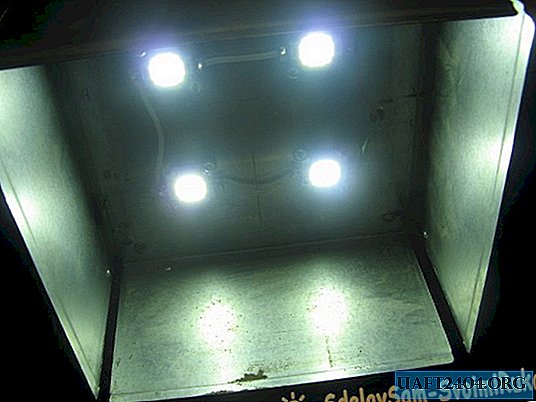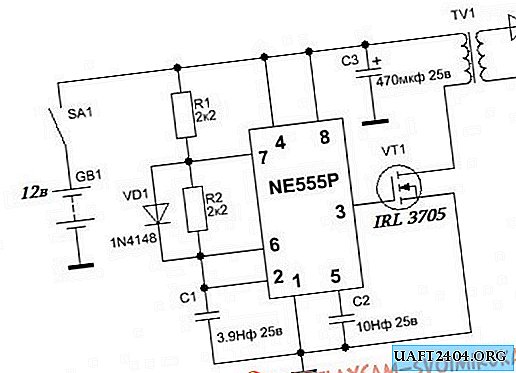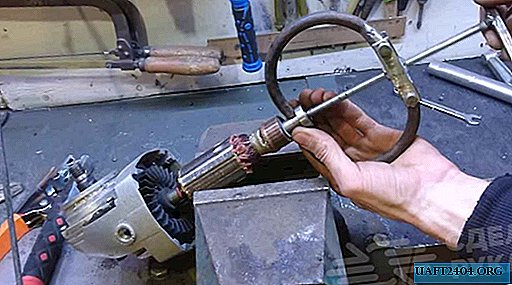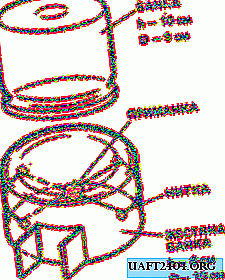Share
Pin
Tweet
Send
Share
Send
Start work with surface preparation. This may be the dismantling of the old surface (plaster, paint, tile). If the walls are very uneven, then it is possible to level them with plaster, or drywall, so that there is less glue left when laying the tiles, and the process of laying was much simpler. Also, immediately before masonry, you need to prime the surface of the wall to get the best adhesion.
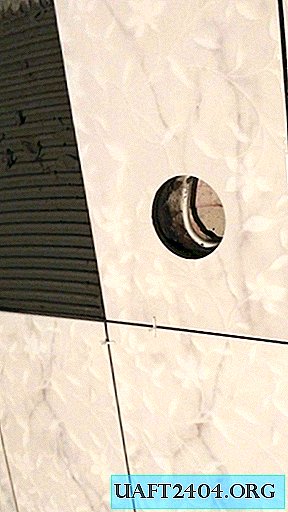
Next, you need to develop your project by choosing the appropriate color and size of the tile. Perhaps you decide to combine several colors, or sizes. Also, given the size of the tile, you can determine how the trim will be done, and based on this, adjust the styling so that the trim is from one edge, or from two edges evenly. When buying tiles, you need to expect that there will be approximately 10-15% of waste. Immediately take care of what you will trim. It can be a grinder with a diamond disk, or a tile cutter. The more expensive the tile, the better and smoother it is. However, in any case, even in millimeters there will be bumps. Therefore, clear the uneven tiles separately to use them in less visible places. It is also immediately necessary to purchase glue, and special crosses to create a uniform seam. The simplest option is a solid wall cladding in one color and type of material. We will consider it.
First you need to install the first row, from which you will subsequently build on. To do this, you can use a metal profile, or a flat wooden rail. Next, drill several holes indented in it 30 - 40 cm.


And then put it on a level to the wall, drill holes with a puncher to fix the base for the first row of tiles.





The distance from the floor to the wooden plank should be the size of the tile. But to save money, as shown in the illustration, you can set the bar at the very bottom, and later trim the bottom with scraps. It is very important that the base for the first row is as even as possible, so you can use the water or laser level, as well as the rule, to draw an exact line. This must be done immediately on all walls where you will install the tile.
Then proceed with the preparation of the solution. Stir the adhesive according to the instructions on the packaging. It is best to mix the glue with a mixer. Laying the first tile can be started from the center to evenly move to the edges, or immediately from the edge, if it does not matter to you how the trim will occur. Use a spatula from the container to draw the solution, and apply it to the wall with a layer of 5 -6 millimeters.


For speed, you can apply a solution of several tiles to the wall at once. Then, using the trowel teeth, make a furrow on the solution vertically or horizontally. Then, in the same way, apply glue to the tile, with a small layer of 5 - 6 millimeters, making a furrow.


After that, fix the tile to the wall. Since you have already set the horizontal level, you can check with the level vertical. When laying the next tile, immediately use distance crosses so that the seam is even.







When two or more plates are fixed, apply a rule to them to see if there are any gaps between them, and thus adjust the direction. If necessary, align the plate, you can tap on it with a fist or a rubber mallet. There are models of tiles, which although they do not have a picture, but require that their orientation be the same.
When cutting along the edges, you need to lay the cut side against the wall. If it is necessary to drill holes in the tile for a socket or for pipes, it is necessary to use a special diamond nozzle for a drill of the appropriate diameter.


First, determine the distance using a tape measure where you need to drill a hole.

Then, without much gas, slowly begin to drill.





When the extreme tiles are installed, you can start laying on the next wall. To refine the corners, a special plastic profile is usually used, but it is not uncommon to do without it.
So, we examined the basic principles of laying tiles. At the end, it is necessary to remove the lower profile on which we installed the first row, and lay the tiles under it. Then all the seams are overwritten with special putty.
Share
Pin
Tweet
Send
Share
Send

